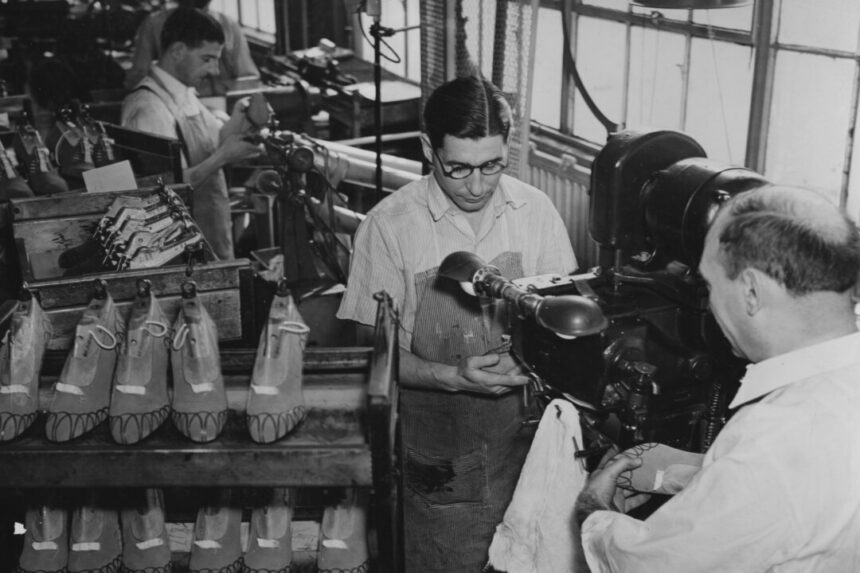Commentary
Today, the line between a mere brand and an actual manufacturer has become blurred and complex. Supply chains, outsourcing, and marketing strategies have made it difficult to distinguish between the two.
Despite the challenges, the difference between a brand and a manufacturer is still significant.
For example, when someone complimented my Cole Haan shoes, I pointed out that they are a well-known brand. However, the reality is that Cole Haan is a designer brand rather than a manufacturer. The company’s shoes are marketed as high-end fashion items, but they can be produced anywhere in the world, leading to varying quality.
Over the years, Cole Haan has evolved from a manufacturer in Chicago to an international brand after multiple acquisitions and ownership changes. This transformation has turned “Cole Haan” into more of an idea than a tangible product.
In contrast, companies like Alden and Rancourt are old American shoe makers that have remained in private ownership. They manage their manufacturing processes and produce shoes of impeccable quality in their own facilities.
Unlike brands like Cole Haan that constantly change their designs, Alden and Rancourt offer stable products year after year. This dedication to quality and consistency sets them apart from many modern brands.
While it may be challenging to find companies that prioritize quality over marketing, shopping at farmers’ markets or supporting local artisans on platforms like Etsy can ensure you are getting a genuine product made with care.
Some companies, like the one my friend founded, choose to prioritize quality over expansion and marketing. Despite facing pressure to compromise on quality for profitability, these companies remain committed to their original vision.
Ultimately, the choice between exploiting a brand and maintaining product quality is a difficult one for many companies. Brands like Johnson & Murphy may be ubiquitous and meet consumer needs, but they fall short in terms of quality compared to dedicated manufacturers like Alden and Rancourt.
Understanding the difference between a brand and a manufacturer can help consumers make informed choices about the products they purchase and support companies that prioritize quality over profit.
I can assure you, as someone deeply involved in the industry, that a shoe priced at $50 in 1984 was not worth owning.
But what does it mean for something to be deemed not worth owning? This is based on my own assessment. In my opinion, a shoe should be durable enough to last a lifetime, able to be resoled multiple times. This requires forming a good relationship with a cobbler, a dying trade as cobbling shops disappear one by one. Nowadays, people prefer disposable shoes that last only a year before being discarded.
Most shoes available in stores fall into this category – what I consider to be disposable junk. However, I understand that the majority of consumers prioritize brand over quality manufacturing. While this is a matter of personal choice, it would be beneficial if consumers were more informed about the products they purchase.
Take Tumi luggage, for example. Despite its reputation for high-end quality, upon closer inspection, I found the products overpriced for what they offered. Comparable items of superior quality can be found on eBay at a fraction of the price, such as those made by Trafalgar, a company that maintains the unity of brand and manufacturing.
Tumi and Samsonite, once esteemed private companies, have now become brands prioritizing profit over product quality. This shift has led to manufacturing processes that prioritize cost-cutting over craftsmanship. While the companies may believe that the brand holds more value than the product itself, consumers should be aware of what they are truly purchasing.
It’s important to approach marketing with a critical eye, as the best products are not always the most fashionable ones. Whether it’s footwear, food, furniture, or pharmaceuticals, it’s crucial to avoid falling for marketing myths and instead prioritize quality over brand names.
The opinions expressed in this article are solely those of the author and may not reflect the views of The Epoch Times.
Source link





